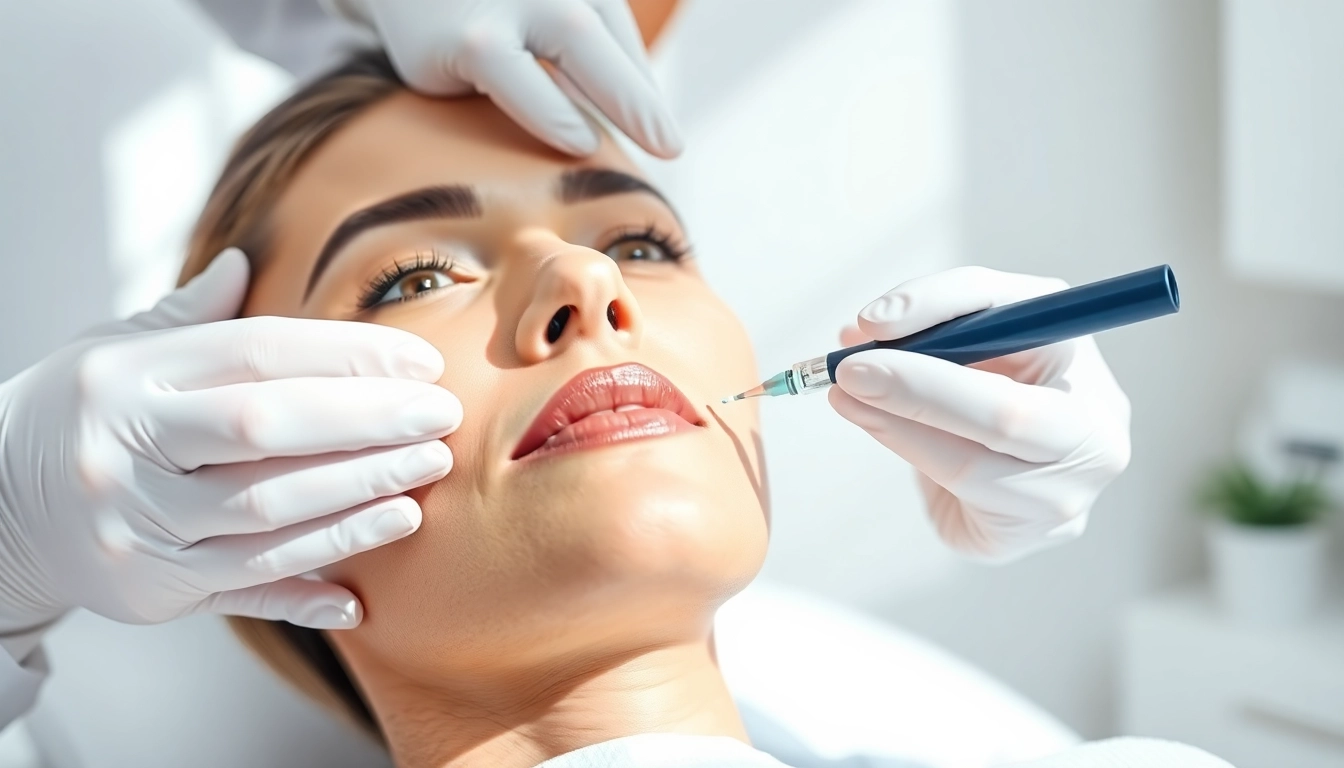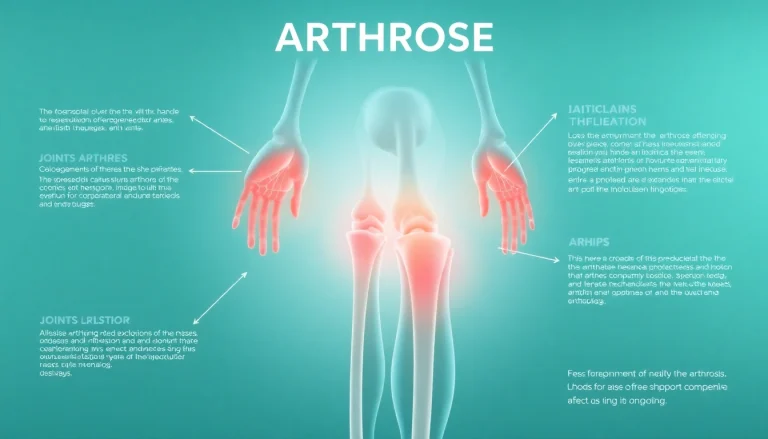Understanding Jawline Filler
What is Jawline Filler?
Jawline filler is a cosmetic treatment that utilizes dermal fillers to enhance the contours of the jawline and create a more defined facial profile. This minimally invasive procedure is designed to inject a gel-like substance, usually hyaluronic acid or calcium hydroxylapatite, into the areas around the jawline. These fillers help in adding volume, improving symmetry, and rejuvenating the overall appearance of the face.
The process of getting jawline filler is straightforward, and it is gaining increasing popularity among both men and women seeking aesthetic enhancements without undergoing surgery. Many individuals opt for jawline filler as it can provide immediate and noticeable results, which can be further refined over time. For more information about jawline filler treatments, you can find additional resources and options at jawline filler providers.
Benefits of Jawline Filler
Jawline fillers offer numerous benefits that can significantly enhance an individual’s appearance and self-confidence. Some of the primary advantages of this treatment include:
- Enhanced Definition: Jawline fillers can create a sharper and more pronounced jawline, enhancing the overall facial structure.
- Non-surgical Solution: Unlike surgical procedures such as jawline implants or facelifts, jawline filler is a non-invasive option that requires little downtime.
- Adjustable Results: The effects of jawline filler can be adjusted and tailored during follow-up appointments to achieve the desired look.
- Improved Contours: Filler injections can help balance the facial features, especially in individuals with weak or undefined jawlines.
- Quick Procedure: The treatment typically takes less than an hour, allowing patients to return to their regular activities almost immediately.
How Jawline Filler Works
The application of jawline filler is relatively simple. The procedure begins with a consultation with a qualified professional who assesses the patient’s facial structure and discusses their aesthetic goals. Once the plan is agreed upon, the procedure follows these steps:
- Preparation: The area around the jawline is cleaned and prepared, often involving the application of a topical anesthetic to minimize discomfort.
- Injection: Using a fine needle or cannula, the filler is strategically injected into specific areas along the jawline to achieve the desired shape and volume.
- Sculpting: The injector may massage the area gently to ensure even distribution of the filler and to achieve a natural look.
With the right technique, jawline fillers can create results that look remarkably natural, which is one of the key reasons for their growing popularity.
Choosing the Right Type of Jawline Filler
Different Types Available
There are several types of dermal fillers available for enhancing the jawline, each with its unique properties and applications:
- Hyaluronic Acid Fillers: These are the most common types of fillers used for jawline enhancement. Hyaluronic acid is a naturally occurring substance in the body that attracts water, providing volume and hydration.
- Calcium Hydroxylapatite: This filler is thicker and provides more structure, making it suitable for deeper injections. It stimulates natural collagen production, leading to longer-lasting results.
- Poly-L-lactic Acid: This type of filler is used for more subtle volume restoration and is known for stimulating collagen growth over time.
- Fat Transfer: An alternative to fillers, fat transfer involves harvesting fat from one part of the body and injecting it into the jawline. This method offers a more permanent solution but is more invasive.
Factors Affecting Your Choice
Choosing the right type of jawline filler largely depends on several factors:
- Desired Results: Your aesthetic goals will influence your choice, whether you seek subtle volume or dramatic contouring.
- Longevity: Some fillers last longer than others, so your prioritization of duration can guide your decision.
- Budget: Cost can vary significantly between filler types, so it’s essential to consider your budget when selecting a product.
- Skin Type: Different fillers may interact with different skin types and textures, making it critical to choose a filler that complements your unique physiology.
Consultation with Professionals
Consulting with a qualified aesthetic professional is crucial before undergoing jawline filler treatment. A skilled provider will conduct a thorough assessment, discuss your goals, and recommend the best type of filler based on your unique facial structure and skin type. Here are some key components of the consultation process:
- Medical History: You’ll need to share any medical issues, allergies, or past cosmetic treatments.
- Aesthetic Goals Discussion: Clearly communicate your desired results so the professional can tailor the treatment accordingly.
- Choosing the Right Product: The provider will guide you in selecting the filler type that best suits your needs.
The Procedure Experience
What to Expect During Treatment
When you arrive for your jawline filler treatment, you can expect a comfortable and professional environment. The typical steps of the treatment include:
- Welcoming and Preparation: A nurse or practitioner will greet you and prepare the area. You will be asked to sit in a comfortable chair where the treatment will take place.
- Application of Anesthetic: A topical anesthetic may be applied to ensure your comfort during the injections.
- Injection Process: The professional will use a thin needle or cannula to inject filler into predetermined areas along your jawline.
- Styling and Evaluation: After the injections, the professional may sculpt the filler and assess the results, making minor adjustments as needed.
Aftercare Tips for Jawline Filler
Post-treatment aftercare is essential for promoting optimal results and minimizing potential side effects. Here are some aftercare tips:
- Avoid Touching: Refrain from touching or massaging your jawline for at least 24 hours post-treatment.
- Cold Compress: Applying a cold compress can help reduce swelling and discomfort in the treated area.
- Avoid Strenuous Activities: It’s advisable to avoid strenuous exercise and intense heat (like saunas or steam rooms) for a few days.
- Follow-Up Appointments: Schedule follow-up appointments with your injector to evaluate the results and discuss any concerns.
Managing Discomfort or Side Effects
Minor side effects such as swelling, bruising, or tenderness are common following jawline filler injections. Here’s how to manage these:
- Ice Packs: Using ice packs on the injected area can help reduce swelling and provide comfort.
- Pain Relief: Over-the-counter pain relievers can be taken if necessary, but avoid NSAIDs and blood thinners to reduce the risk of bruising.
- Stay Hydrated: Drinking plenty of water can aid in skin healing and reduce the appearance of swelling.
Results and Longevity of Jawline Filler
Expected Outcomes
Jawline filler results are typically visible immediately after the treatment, with final results emerging as swelling subsides, usually within a few days. The extent of the results can vary depending on:
- Filler Type: Different fillers yield different levels of volume and longevity.
- Individual Factors: Your skin type, metabolic rate, and overall health can influence how long the results last.
Generally, results can last anywhere from 6 months to 2 years, depending on the type of filler used and how your skin responds. Regular maintenance treatments can help prolong the desired effects.
When to Schedule Follow-up Treatments
To maintain optimal results from your jawline filler, scheduling follow-up treatments is essential. Here are some general guidelines:
- Initial Assessment: After the first treatment, it’s often recommended to assess results at about 2-4 weeks post-injection.
- Regular Maintenance: Most patients benefit from follow-up treatments every 6 months to a year, depending on the filler type and personal preferences.
Comparing Results with Other Techniques
While jawline fillers are popular, it’s essential to compare these results with other cosmetic techniques, such as:
- Facelift Surgery: Offers permanent results but requires significant recovery time and a more invasive procedure.
- Jawline Implants: Another surgical option that provides a more dramatic change but involves surgery and recovery.
- Ultherapy or Radiofrequency: Non-invasive treatments that tighten the skin but may not provide as much volume as fillers.
Ultimately, the selection between jawline fillers and these alternatives depends on the individual’s goals, desired outcomes, and tolerance for recovery time.
Cost Considerations for Jawline Filler
Factors Influencing Treatment Costs
The cost of jawline filler varies based on several considerations, including:
- Type of Filler Used: Different fillers come with varying price points. Premium products may be associated with higher costs.
- Provider Experience: More experienced injectors or reputable clinics often charge more for their services due to higher expertise.
- Geographic Location: Costs can vary by region, with urban centers generally having higher rates than rural areas.
- Amount of Product Used: The number of syringes required for the treatment will also affect the overall cost.
Financing Options Available
Many aesthetic clinics provide financing options, allowing patients to afford jawline filler treatments more easily. Common financing arrangements include:
- Payment Plans: Some clinics offer installment plans that allow you to spread out the payments over time.
- Credit Options: Medical credit cards can be a flexible way to finance aesthetic procedures.
- Promotional Discounts: Clinics may offer periodic discounts or promotional rates, especially for first-time clients.
Value for Investment in Aesthetic Procedures
When considering aesthetic enhancements like jawline filler, it’s important to understand the value derived from the investment. Factors to consider include:
- Boosted Confidence: Many individuals report feeling more confident and satisfied with their appearance after jawline filler procedures.
- Non-invasive Convenience: The minimally invasive nature of this treatment means less downtime and quicker results compared to surgical options.
- Long-lasting Effects: With results that can last several months to over a year, jawline fillers offer a relatively durable enhancement for investment.







